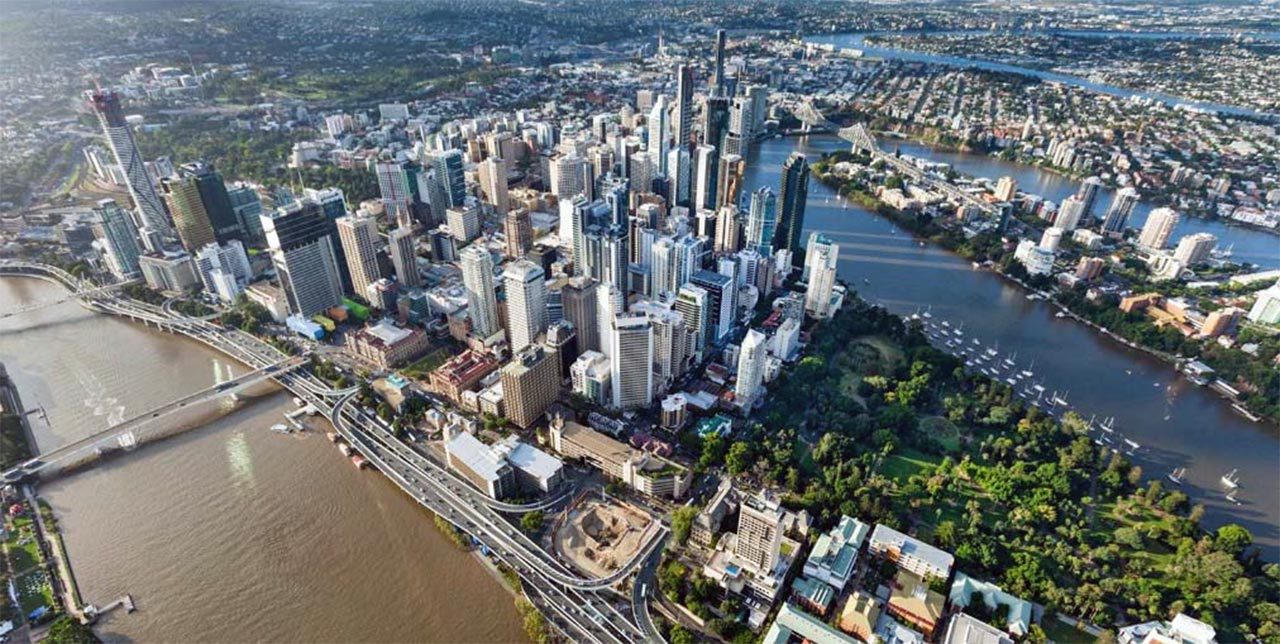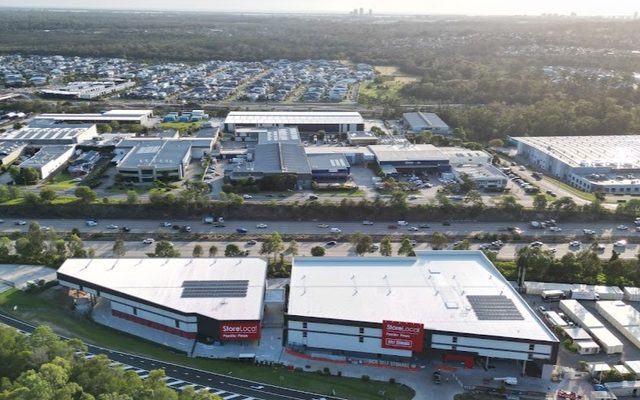This article is from the Australian Property Journal archive
BRISBANE’S housing market has sustained its solid growth through the final quarter of 2016, although its unit market returned weaker figures.
The REIQ Queensland Market Monitor: December 2016 showed the Brisbane LGA’s median house price grew 1.6% over the quarter to $655,000, reflecting annual growth of 4.1%.
REIQ chief executive officer Antonia Mercorella said Brisbane’s house market was a dependable performer.
“This is the consistent, sustainable growth that the Brisbane house market has become known for and it is great that it’s such a solid performer,” she said.
Supply issues took hold of the unit market, however, with median prices falling 4% in the quarter. Year-on-year it has fallen 1.1%, and grown 11.3% over five years.
But Mercorella was upbeat about correction in the market.
“These supply issues have, as expected, had a small impact on prices, however, we know that the market is an excellent self-regulator and developers are already scaling back projects scheduled for this year and 2018,” Mercorella said.
The stronger performance of houses relative to unit markets was seen across the state.
Mercorella said the Gold Coast house market had outperformed almost every region in Queensland over the past 12 months, with its annual median house price growing 5.8% to $575,000, and 2.6% over quarter for a quarterly median of $590,000.
Its unit market was one of the few show growth, up 1.1% in the quarter and 5.5% in the year has infrastructure and construction programs continue to attract workers and propel population growth.
Only the Sunshine Coast topped it for house price growth, leading the state for the quarter at 4.8% and 6.1% for the year to a median of $545,000, a 20.7% five-year increase.
Its unit market was steady at 0.2% to finish 2016, and increased 1.6% annually and 10.3% over five years for a median of $375,750.
House prices in Ipswich increased slightly to 0.8% in the quarter to be down 0.9% over the year, to $332,700, up 5.5% over five years.
Fickle supply levels in its unit market saw a 10.6% price fall to $272,750 in the quarter, although medium-term growth is at 7.1%.
Logan and Moreton Bay were Greater Brisbane’s best-performing house markets in the quarter, at 2.4% to $384,500 and 1.8% to $422,250 respectively. Unit prices slipped 1% to $250,500 and 2.9% to $330,000.
Redland retained the mantle as home to the most expensive house and unit markets in Greater Brisbane, despite prices being stable at $510,000 in the quarter. Annual growth was at 4% and 14.8% over five years.
Its volatile unit market dropped 10.2% in the quarter, but is still 7% higher over the medium-term.
The notable growth of more than 20% seen in Toowoomba’s house and unit markets is expected to level off with a pending drop in demand.
House prices grew only 0.9% in the quarter to $355,000, reflecting a 1.1% drop over 12 months. Its unit market has been quite flat, growing 0.4% in the quarter to $290,000 and falling 0.2% annually.
An up swell of 14.1% in Bundaberg house prices to $291,000 have taken its market to within touching distance of its numbers five years ago, whilst its unit market presented another case in volatility, down 6% to $235,000 from only 28 sales in the quarter, a drop on 6.7% over the medium-term.
Rockhampton prices fell 5.9% to $273,000 despite a positive September quarter, and dropped 5.2% over the year and 10.8% over five years to be the most affordable market in the report. Only 16 transactions in its unit market over the quarter meant a meaningful median unit price was not recorded.
The Fraser Coast saw house prices slipped 2.3% in the quarter, to $303,000 for even returns over the past year. Its small unit market recorded only 52 sales for a fall of 6.7% to $230,000.
Gladstone’s markets remain affected but the mining downturn. Mercorella said the recent announced that the Boyne Island smelter was scaling back production levels and shedding up to 100 workers would only add to market pressures. House prices fell 3.2% in the quarter and 10.7% over 12 months to $290,000, whilst units plummeted by 20.3% to $185,000.
Mackay being named as FIFO base for the Adani mine is tipped to have a positive impact on its markets, but the December quarter saw prices fall 0.2% to $318,000 and they are still down 20.9% on 2011 levels.
Its unit market returned similar levels, down 6.3% over the quarter, 18.2% annually and 29.9% across five years.
Townsville also has good prospects on the back of a number of infrastructure and government spending programs, and is already in a positive mode. House prices grew 4.6% to $345,000 in the quarter, whilst unit prices were flat at $260,000, albeit down 4.3% and 16.2% over the medium-term respectively.
Conversely, Cairns has returned stronger medium-term numbers than recent trends. House prices were flat at $395,000 in the quarter but up 12.2% since 2011. Whilst units fell 6.1% in the quarter to $225,000, prices have grown 4% annually and 6.8% since 2011.
Australian Property Journal




